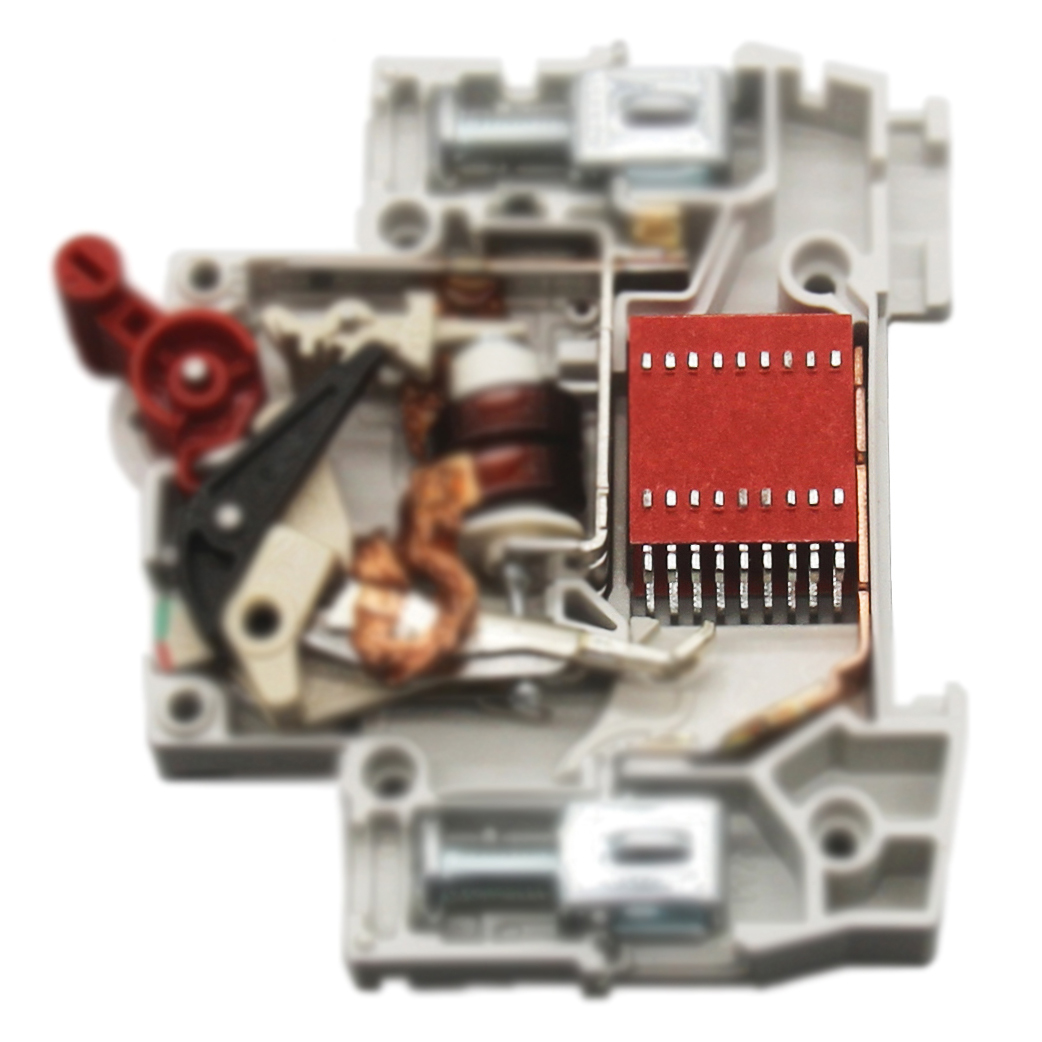
Circuit breakers are important components in electrical systems that protect equipment and prevent potential hazards. If the flow of large current is not controlled, electric shock, short circuit and fire accidents may occur. When a circuit breaker interrupts this large current, an arc with high temperature and intensity is created. This phenomenon can cause serious damage to electrical accessories and prevent the normal operation of the circuit. To overcome this challenge, advanced circuit breakers are equipped with an innovative solution – arc interrupters.
Arc interrupters are a groundbreaking feature found in all types of circuit breakers, from miniature circuit breakers to air circuit breakers. Its main function is to capture, divide and ultimately extinguish the arc by dividing it into smaller parts. This key mechanism not only prevents accessories from burning out, but also ensures smooth termination of power. In addition, the arc extinguishing chamber has excellent cooling and ventilation capabilities to effectively dissipate excess heat generated during the arc extinguishing process.
Miniature circuit breakers (MCBs) are widely used in residential and commercial environments. To increase safety and reliability in such applications, miniature circuit breakers are designed to include arc-quenching chambers. These compact and powerful chambers work seamlessly to effectively extinguish arcs and maintain electrical system continuity. The arc chamber is capable of withstanding and neutralizing high-temperature arcs, providing enhanced protection and reducing the risks associated with electrical faults.
In addition to MCBs, arc extinguishers also find their place in Molded Case Circuit Breakers (MCCB) and Earth Leakage Circuit Breakers (ELCB). MCCBs are often used in industrial environments where strong protection against strong arcs is required. With an arc-extinguishing chamber designed specifically for molded case circuit breakers, these circuit breakers can effectively reduce the risk of high-current arcs, ensuring that disruption and damage to critical equipment is minimized. ELCB, on the other hand, mainly addresses leakage hazards. By combining an arc quenching chamber with its leakage protection mechanism, the ELCB provides comprehensive safety protection against electrical faults and dangerous arcs.
Finally, air circuit breakers (ACBs) designed to handle high current and voltage levels extensively benefit from arc quenching chambers. ACBs are used in commercial and industrial applications operating under severe conditions where the risk of arcing is outstanding. These circuit breakers cleverly integrate an arc quenching chamber into the ACB to effectively suppress arcs, ensuring reliable operation and protecting valuable electrical equipment. Arc interrupters are able to significantly reduce downtime and minimize damage in high-power applications, making them critical to industries that rely on uninterruptible power supplies.
In summary, incorporating an arc interrupter into a circuit breaker is a compelling solution to the challenges associated with arcing, high temperatures, and bright light. By capturing, dividing and extinguishing the arc, these arc quenchers protect electrical accessories, effectively terminate power and increase overall system reliability. Whether it is a miniature circuit breaker, molded case circuit breaker, earth leakage circuit breaker or air circuit breaker, the power of the interrupter is undoubtedly an important feature that contributes to safer and more efficient electrical systems.
Post time: Nov-22-2023




